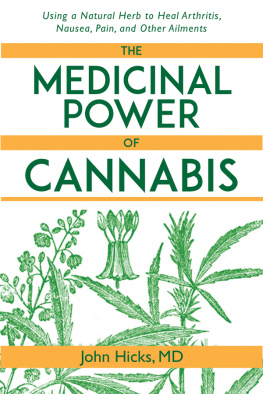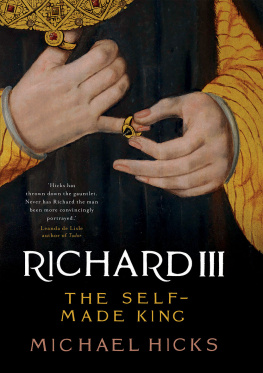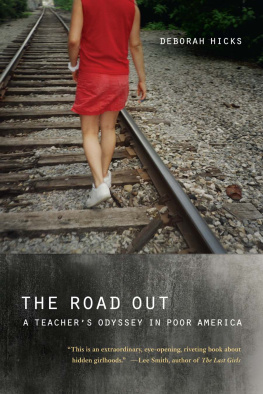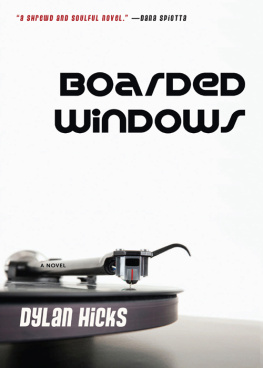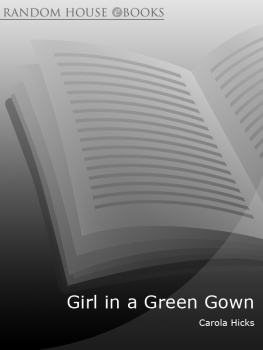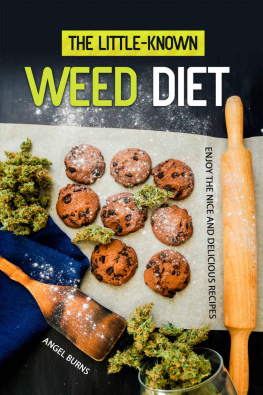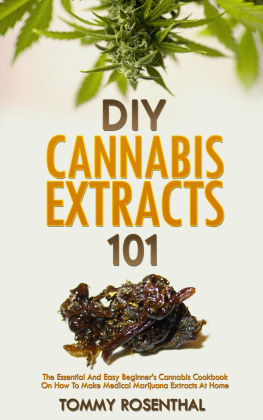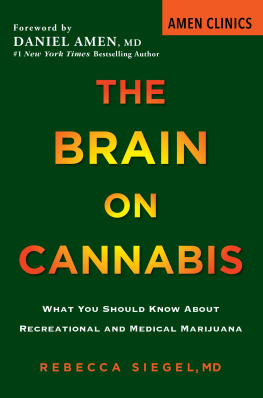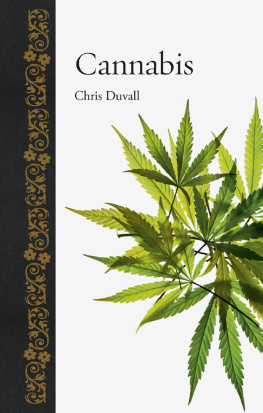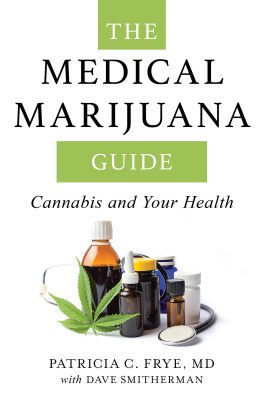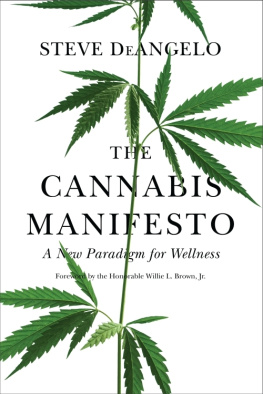Copyright 2015 by John Hicks
All rights reserved. No part of this book may be reproduced in any manner without the express written consent of the publisher, except in the case of brief excerpts in critical reviews or articles. All inquiries should be addressed to Skyhorse Publishing, 307 West 36th Street, 11th Floor, New York, NY 10018.
Skyhorse Publishing books may be purchased in bulk at special discounts for sales promotion, corporate gifts, fund-raising, or educational purposes. Special editions can also be created to specifications. For details, contact the Special Sales Department, Skyhorse Publishing, 307 West 36th Street, 11th Floor, New York, NY 10018 or .
Skyhorse and Skyhorse Publishing are registered trademarks of Skyhorse Publishing, Inc., a Delaware corporation.
Visit our website at www.skyhorsepublishing.com.
10 9 8 7 6 5 4 3 2 1
Library of Congress Cataloging-in-Publication Data is available on file.
Cover design by Rain Saukas
Cover art credit i-Stock
Print ISBN: 978-1-63450-583-3
Ebook ISBN: 978-1-63450-873-5
Printed in the United States of America
Contents
Acknowledgements
A heartfelt thank you to my beautiful wife Betsy. Your support and understanding were beyond expectation. I appreciate your willingness to be without a kitchen table for 18 months, as it was covered in papers, journals, and books while I researched and wrote.
I also wish to thank Elizabeth Aquino for her hard work and dedication to helping me to express myself.
A special thank you to Dr. Marcey Shapiro, who gave me insight into the use of medicinal herbs, including cannabis, and to Teri Arranga for her encouragement and support to write this book.
Thank you, and love to you all!
John
I
History of Hemp
Hemp, from the plant cannabis sativa, and its sister plants, cannabis indica and cannabis ruderalis, has a rich and varied history of use, including hemp fibers for textiles, the oil, the seeds for medicine and, of course, the plant itself for psychotropic activity. Although the exact date of its first use is unknown, records and artifacts indicate that hemp has been cultivated for more than 10,000 years.
We know that hemp has been cultivated in China since 4000 BCE. The first identified paper, in China around 1000 BCE, was made from hemp. It was very white and extremely durable, lasting for long periods of time without decomposing. Hemp cords in pottery from Mesopotamia date back over 10,000 years, and fabrics made with hemp have been dated to 8000 BCE in what is now modern Taiwan, as well as textiles found in China and Turkestan dated around 4000 BCE. In the book The Natural History, Pliny the Elder describes the use of hemp rope, and of marijuana providing analgesic effects. In the years between 2000 and 800 BCE, the plant was recorded in the Hindu sacred text Athuruveda as sacred grass; it was considered one of the five sacred plants in India, used both medicinally and for rituals and ceremonies. Psychotropic properties were first described between 100 BCE and 1 CE, reported by Chinese herbalist Pen Tsao Ching. In 600 BCE, the Zend-Avesta, the sacred book of Zoroastrianism, spoke of hemps intoxicating resin being used by the people of India.
Thousands of years later, between 1606 and 1632 AD, the French and British cultivated cannabis for hemp in their colonies at Port Royal, Acadia (present-day Nova Scotia). In 1611, the British began growing it in Virginia, and by 1632 it was also grown in Plymouth, Massachusetts. Hemp was used to make rope and sails for shipping and navy fleets. The colonies passed laws to encourage the production of hemp, as it was also needed for cordage and cloth. In the 1630s in Hartford, Connecticut, the colonists passed a resolution requiring every family to plant hemp.
During the 1700s, the American colonists were forbidden to weave with hemp, which kept them tied to England to purchase woven products. New England, Virginia, Pennsylvania, New York, New Jersey, and North and South Carolina were paid subsidies to grow hemp, or they were given tax credits to do so. Hemp was also used as money.
Thousands of years after the Chinese made paper from it, cannabis hemp was used as legal tender (money) in most of the Americas between 1631 until the early 1800s. In Europe, artists Rembrandt and Van Gogh painted on canvas made of hemp.
In 1916, the chief scientists of the USDA, Jason L. Merrill and Lester H. Dewey, created paper from hemp pulp, showing that it was environmentally better than wood pulp and would reduce the need for deforestation as well as the toxic chemicals released into the environment. They demonstrated that hemp pulp uses between one-seventh and one-fourth as much sulfur-based acid chemicals as wood pulp and would thereby prevent the constant release of dioxins from the production of paper. By using hemp instead of wood, hydrogen peroxide was effective as a less toxic substitute for chlorine bleach.
However, history shows us that dollars replaced common sense, and the powerful industrialists realized that the cultivation of cannabis stymied their monetary gain as long as it remained in competition with the wood-paper industry. In 1914, the Harrison Act in the United States defined the use of marijuana, among other drugs, as a crime. The historical legacy is that today hemp is only legal to grow in California and Colorado and is heavily regulated; restrictions include limiting how its grown, how the fields are fenced, lighting requirements, and the use of guards. If these restrictions were loosened, one could certainly make the case that hemp could replace wood-pulp paper, computer printout paper, corrugated boxes, and paperback books with significantly fewer adverse repercussions to the environment.
The head of the industrialists was William Randolph Hearst, who had large timber holdings that fed his paper industry and, in turn, his powerful newspaper industry. William DuPont, another influential industrialist, had a huge petrochemical industry, creating plastics, paints, and other fossil fuels. Andrew Mellon, the United States Secretary of the Treasury and owner of Gulf Oil, had a vested interest in the competitive threat of hemp cultivation and created tax breaks for the oil companies, such as the oil-depletion allowances that are still in force today. Mellon also pushed through tax plans that reduced taxes on wealthy and large corporations to encourage greater investment.
These forces combined to make hemp the object of the first yellow journalism.
The medical history of marijuana dates back to Emperor Chen-Nung of China, During the years between 2000 and 800 BCE, the Hindu sacred text Atharuveda referred to the plant as sacred grass. Considered one of the five sacred plants in India, it was used both medicinally and ritualistically in ceremonies. In 600 BCE the Zend-Avesta spoke of hemps intoxicating resin and its use by the Indian people. Psychotropic properties of the plant and its use were first described between 100 BCE and 1 CE, reported by Chinese herbalist Pen Tsao Ching.
Between 130 and 200 AD, Greek physician Galen prescribed medical marijuana.
More than one hundred years later, in 1764, medical marijuana appeared in New England dispensaries as a prescription option.
In the United States between 1915 and 1927, cannabis began to be prohibited for nonmedical use. The government said that it had no medical benefit and could therefore no longer be used for those reasons. Industry was using imported hemp for some products and gradually replaced all US-grown hemp as the rules became too restrictive. Prior to the ban, by 1915, 8,400 acres of hemp were grown in the United States. Kentucky had 6,500 acres, and 2,000 acres were grown among Ohio, Indiana, Wisconsin, and California. In 1915 California was the first state to ban cannabis, followed by Texas in 1919 and New York in 1927.

